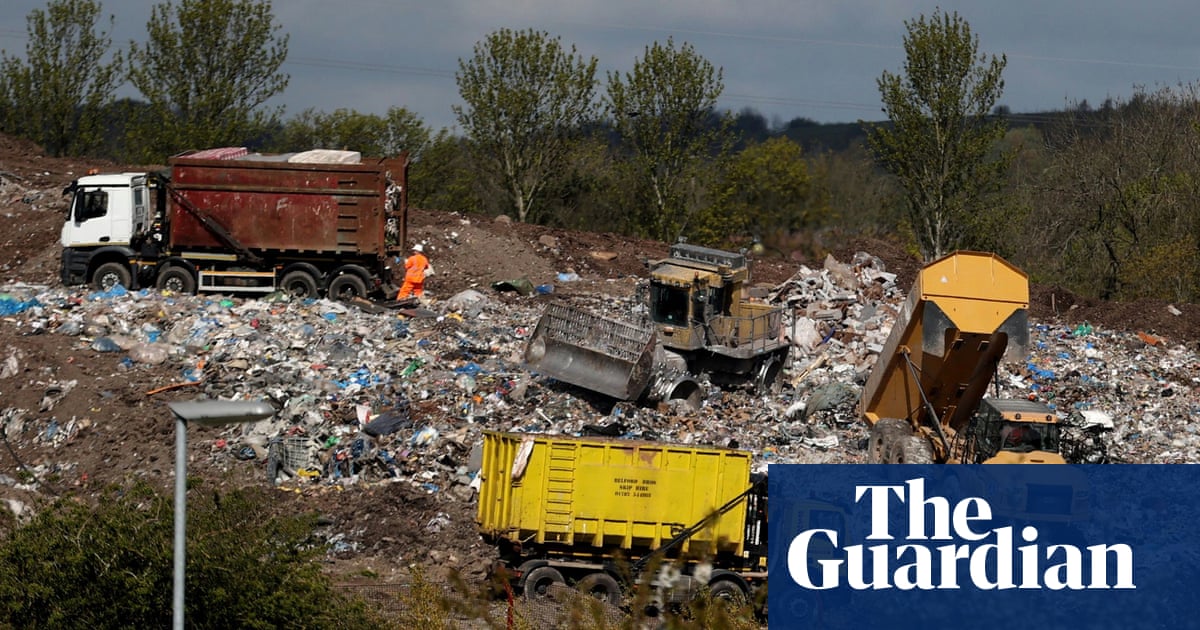The estate of Leonard Cohen has issued a cease and desist order to Donald Trump, after a recording of Rufus Wainwright singing Cohenâs song Hallelujah was played at a bizarre campaign event.
Wainwright has also condemned Trumpâs use of the song at the town hall in Oaks, Pennsylvania. The singer characterised Hallelujah as âan anthem dedicated to peace, love and acceptance of the truth. Iâve been supremely honoured over the years to be connected with this ode to tolerance. Witnessing Trump and his supporters commune with this music last night was the height of blasphemy. Of course, I in no way condone this and was mortified, but the good in me hopes that perhaps in inhabiting and really listening to the lyrics of Cohenâs masterpiece, Donald Trump just might experience a hint of remorse over what heâs caused. Iâm not holding my breath.â
The song was one of a number Trump played during a Q&A session in Oaks, where numerous audience members needed medical attention amid high temperatures. Trump first joked about the heat â âPersonally, I enjoy this. We lose weight. We could do this, lose four, five poundsâ â and then switched to playing music such Luciano Pavarottiâs recording on Ave Maria, saying: âLetâs not do any more questions. Letâs just listen to music.â
As well as Hallelujah, Guns Nâ Rosesâ epic power ballad November Rain was also played, alongside James Brownâs Itâs a Manâs, Manâs, Manâs World, the Village Peopleâs YMCA and Nothing Compares 2 U by Sinead OâConnor.
Trump later wrote on Truth Social: âThe Q and A was almost finished when people began fainting from the excitement and heat. We started playing music while we waited, and just kept it going. So different, but it ended up being a GREAT EVENING!â
Kamala Harris captioned a clip of the event with the words: âHope heâs okay.â
It has become common for artists to oppose their music being played at Trump campaign rallies and events. In August, Beyoncé blocked the use of her song Freedom â a licensed soundtrack for the Harris-Walz campaign â after it appeared in a Trump campaign video. Earlier that month the estate of the late Isaac Hayes opposed the use of the Hayes-penned Sam & Dave hit Hold On, Iâm Cominâ.
So many other artists have opposed him, from Rihanna to the Rolling Stones, that there is a Wikipedia page dedicated to the phenomenon.
Hallelujah, meanwhile, remains a modern pop standard, performed by dozens of artists since its initially overlooked release by Cohen in 1984. The most famous version was recorded by Jeff Buckley in 1994, but that was inspired by John Caleâs 1991 version, while Wainwrightâs followed in 2001, recorded for the soundtrack of Shrek.
Alexandra Burkeâs version reached Christmas No 1 in the UK in 2008 after she won The X Factor, while Bob Dylan, Bon Jovi and Bono are among the other artists with renditions.









